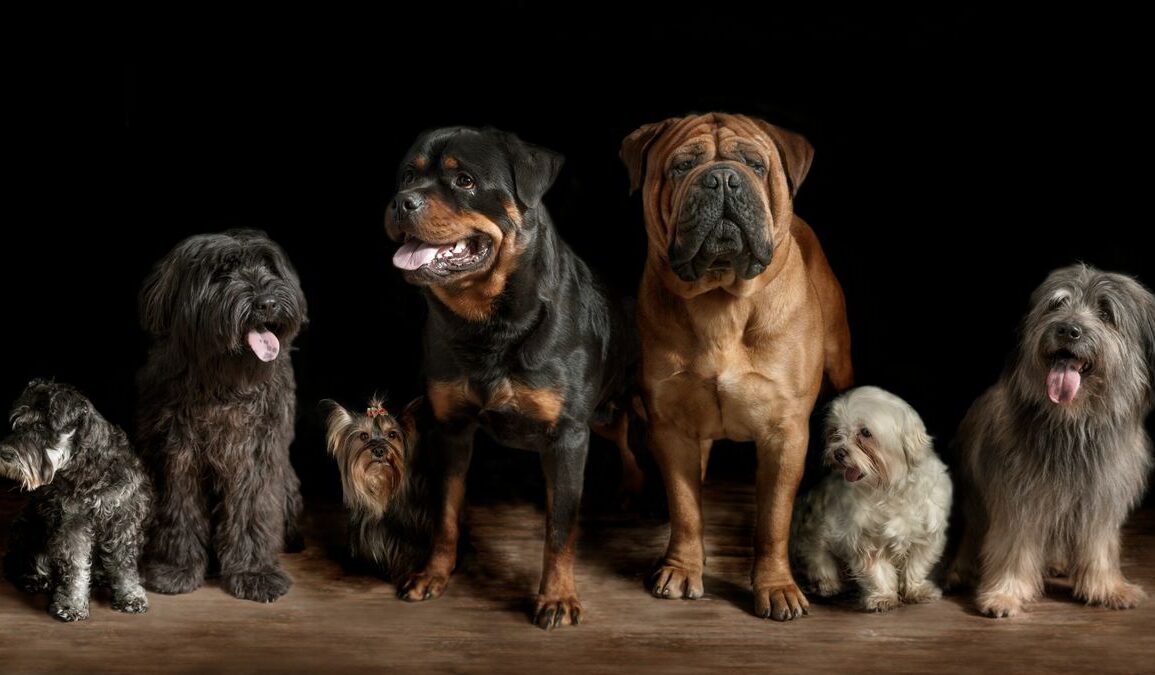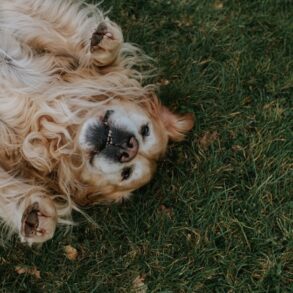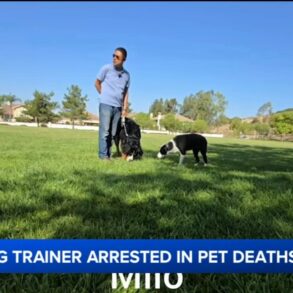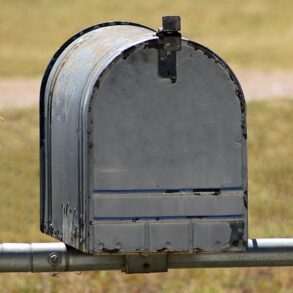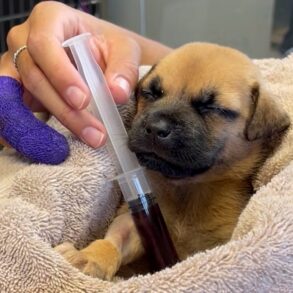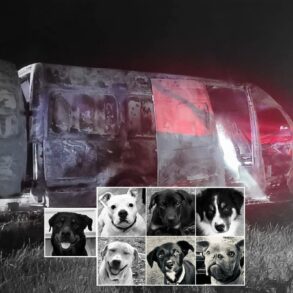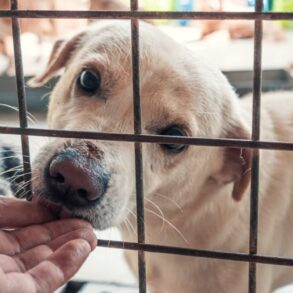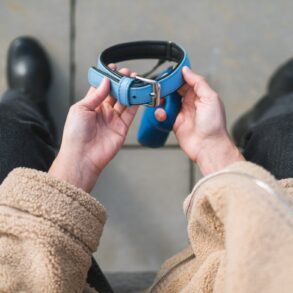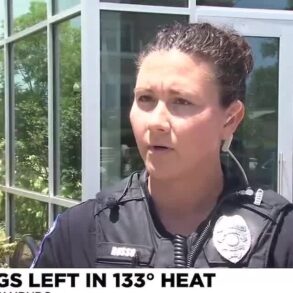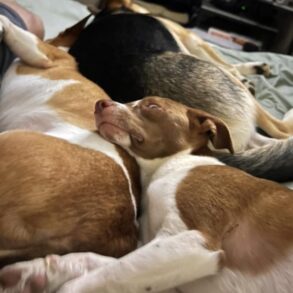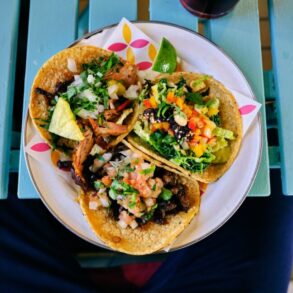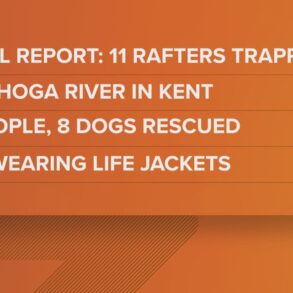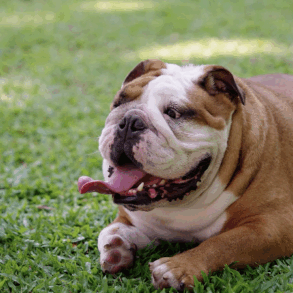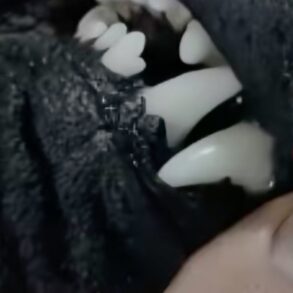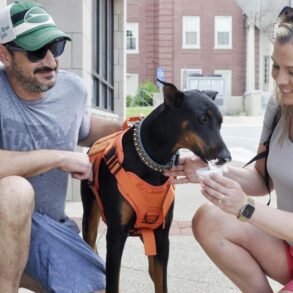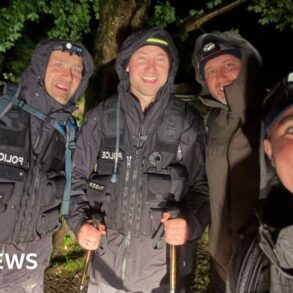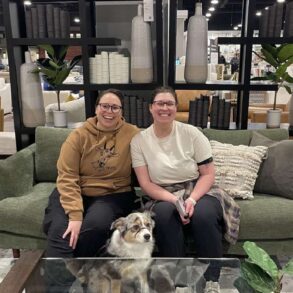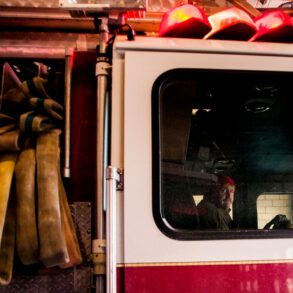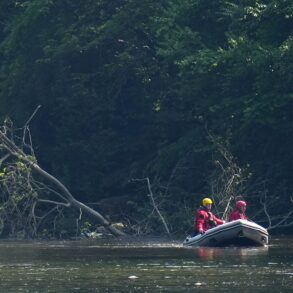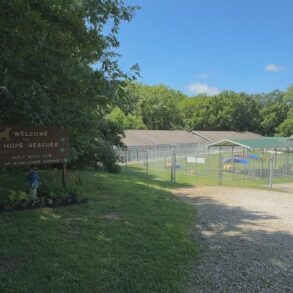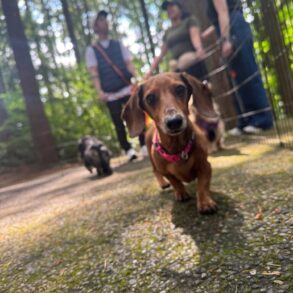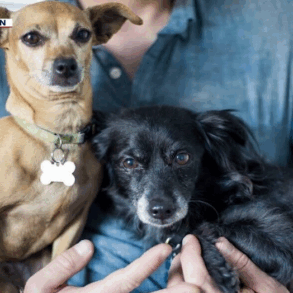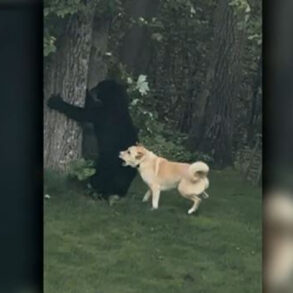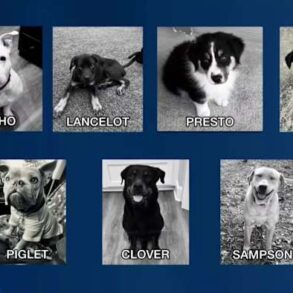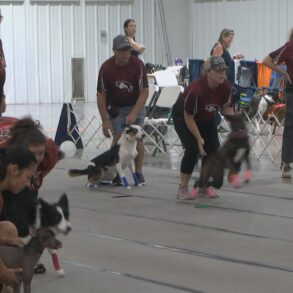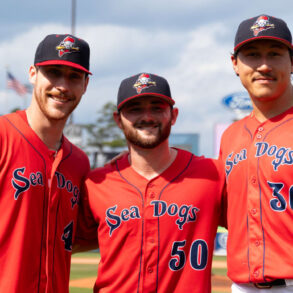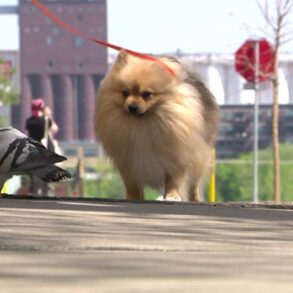The “shared history” between humans and dogs “goes back 30,000 years”, said Gerard De Groot in The Times. And for the vast majority of that time, the “interaction was mainly utilitarian”. Dogs performed various tasks – guarding, hunting, herding – in return for being provided with “food, warmth and shelter”. All this changed “in the period after industrialisation”, when most of the jobs performed by dogs were either “usurped by machines”, or came to be redundant, as people migrated to cities. This transformed our relationship with canines: dogs, for the first time, were fully domesticated, becoming the pets we know them as today.
In his new book, Chris Pearson tells the story of how this happened: of how dogs became “collared”. While he’s alive to the “joy of dogs” – he’s the besotted owner of a Bedlington whippet cross named Cassie – he doesn’t ignore darker topics, including rabies, maulings and “children blinded by toxocariasis”. Pearson is a professor of environmental history; this is his first popular book. “He has adapted well”: “Collared” is “fascinating”, and “easy to read”.
The transformation in the role of dogs led to a change in how they were valued, said Tanya Gold in The Telegraph. From the 19th century, looks mattered more than an ability to work. This led, in turn, to a new preoccupation with classification and breeding, and the rise of dog shows and kennel clubs, with their requirement that specimens conform to “ideal shapes and sizes”. Pearson claims, somewhat unconvincingly, that all this was “eugenics-adjacent”, and that there were “troubling overlaps between racism and breeding”.
Subscribe to The Week
Escape your echo chamber. Get the facts behind the news, plus analysis from multiple perspectives.
SUBSCRIBE & SAVE
Sign up for The Week’s Free Newsletters
From our morning news briefing to a weekly Good News Newsletter, get the best of The Week delivered directly to your inbox.
From our morning news briefing to a weekly Good News Newsletter, get the best of The Week delivered directly to your inbox.
His book is most successful when it’s a straightforward account of changing attitudes to dogs. In one particularly interesting chapter, he describes the shifting view of dog excrement: in the 19th century, it was “collected and used in the tanning industry”, but increasingly it came to be seen as a scourge that owners had a responsibility to collect.
Pearson considers how dogs have been affected by their transformation from “scruffy street beasts to pedigreed and pampered pets”, said Simone Gubler in the TLS. He notes the emergence of the pound, dog-catchers and “humane” culling as street dogs became unacceptable, and acknowledges that living “according to human rules” has forced dogs to sacrifice some of their “freedoms and joys”. Full of “fascinating dinner-party fare” – even if it’s a bit heavy-handed at times – “Collared” is a “useful” exploration of how exactly dogs became “companion animals”.
This post was originally published on this site be sure to check out more of their content.





